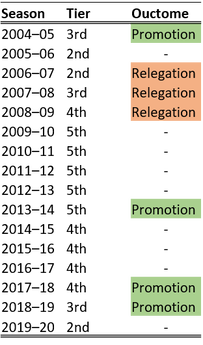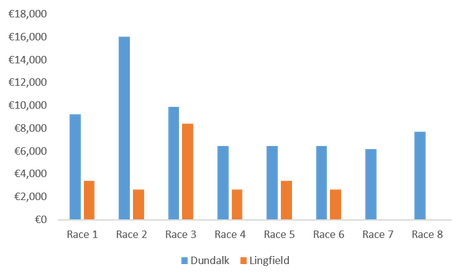We received some great news recently when learning that our paper "Contracts, Pay and Performance in the Sport of Kings: Evidence from Horse Racing" had been accepted by the British Journal of Industrial Relations. The paper is co-authored with David Butler and Robert Simmons (Lancaster University).
Using twenty year of data from 2000-2019 we explore the relationship between jockey pay and performance for flat racing in Great Britain. In essence, the work is an extension of Fernie and Metclaf (1999) and seeks to understand if performance-related pay schemes can raise worker productivity with much of this increase due to worker sorting. The beauty of horse racing in the context is that it allows us to consider variations in the power of performance-related pay contracts which can be rarely observed in other employment settings.
Unlike previous findings, we find no evidence of worker shirking when the power of incentive contracts is reduced through jockeys switching from complete performance-related pay scheme into a salaried (retainer) contract. Moreover, salary contracts result in legacy effects with superior performance continuing for elite jockeys even after their salary agreements have expired. Amongst other things, we argue this is due to a reduction in monitoring costs.
The acceptance marks our 4th peer-reviewed acceptance in sports economics over the past 10 months. It is also the 4th sport (rugby, football and boxing the other three) we have explored. I wish to thank attendees at the 2018 ESEA Conference in Liverpool and the 2020 NAASE virtual conference for their many helpful suggestions.
Once ready, we will make a link to the paper available.







 RSS Feed
RSS Feed